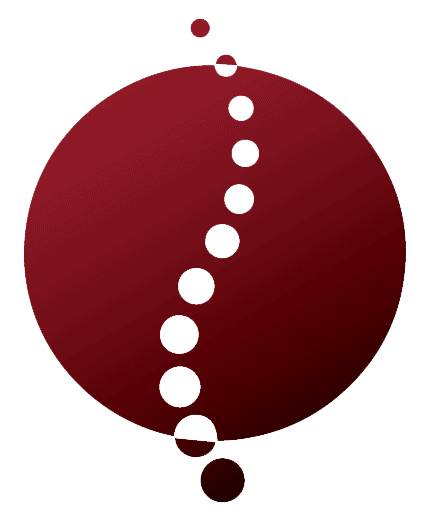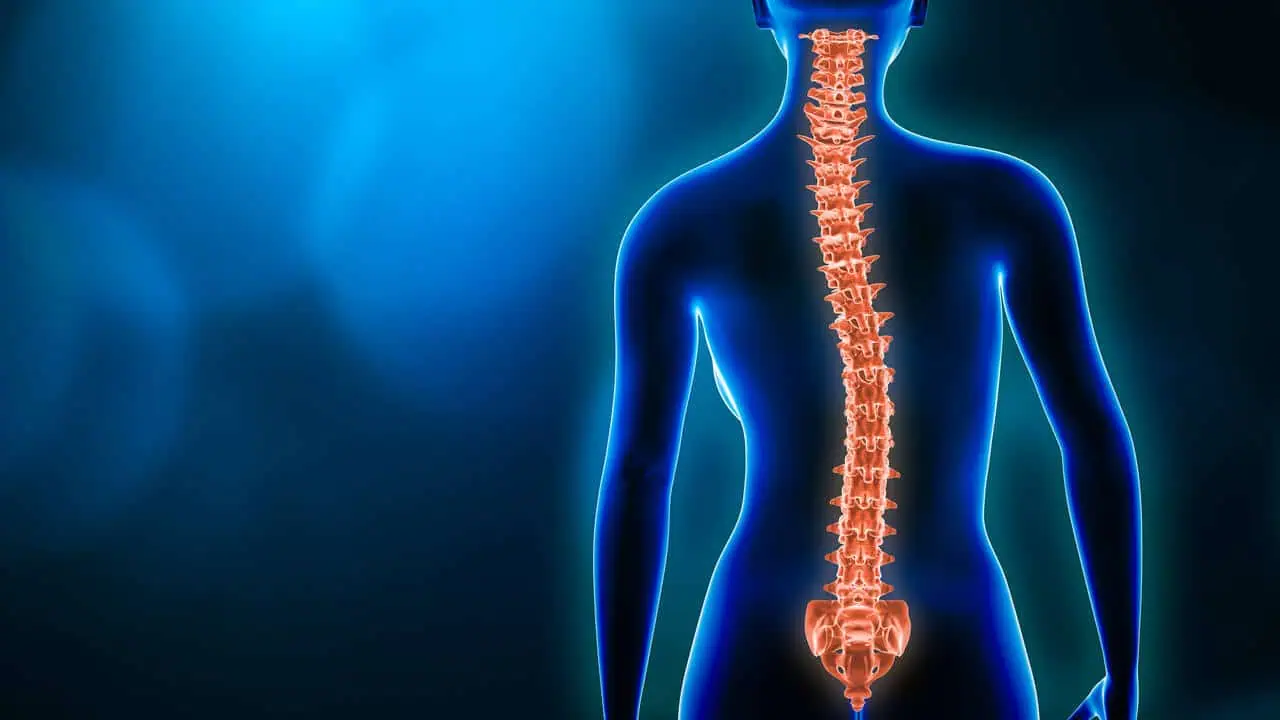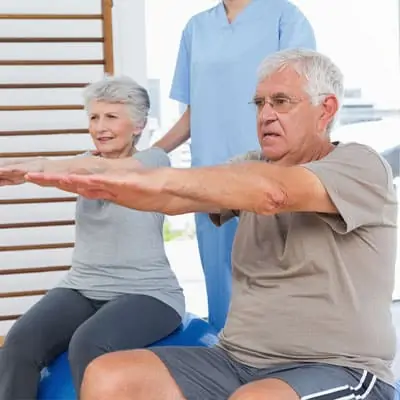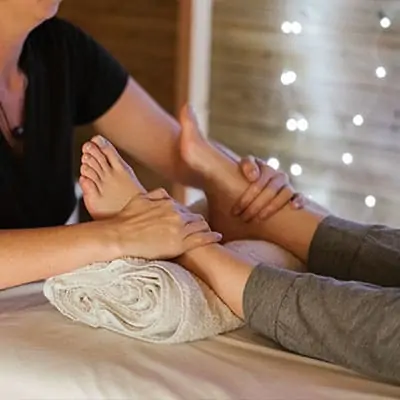Understanding Scoliosis
What is Scoliosis?
Scoliosis is a condition where the spine curves sideways in an “S” or “C” shape. This curvature can occur at any part of the spine but is most commonly seen in the thoracic (mid-back) and lumbar (lower back) regions. Scoliosis is typically categorized based on the age at which it develops:
| Scoliosis Type | Age Range |
|---|---|
| Infantile Scoliosis | 0-3 years |
| Juvenile Scoliosis | 4-10 years |
| Adolescent Scoliosis | 11-18 years |
| Adult Scoliosis | 18+ years |
Scoliosis can be either structural, involving a permanent curve, or non-structural, where the curve is temporary and can be corrected.
Common Causes and Symptoms of Scoliosis
The exact cause of scoliosis is often unknown, but several factors can contribute to its development. These include:
- Genetics: Family history can play a significant role.
- Neuromuscular Conditions: Conditions like cerebral palsy or muscular dystrophy.
- Congenital Defects: Abnormalities in spine development before birth.
- Injuries or Infections: Trauma or infections affecting the spine.
For more information on the causes of scoliosis, visit our article on scoliosis causes.
The symptoms of scoliosis can vary but often include:
- Uneven shoulders or waist
- One hip higher than the other
- Visible curve in the spine
- Back pain
- Fatigue after prolonged sitting or standing
| Symptom | Description |
|---|---|
| Uneven Shoulders | One shoulder blade appears more prominent. |
| Uneven Waist | One side of the waist may appear higher. |
| Visible Spine Curve | Noticeable “S” or “C” shape in the spine. |
| Back Pain | Discomfort in the back, particularly after physical activity. |
| Fatigue | Tiredness after standing or sitting for long periods. |
Early detection is crucial for managing scoliosis effectively. Regular scoliosis screening can help identify the condition early, allowing for timely intervention and treatment.
Understanding scoliosis is the first step towards effective management. Whether you are exploring scoliosis exercises for adults or looking for scoliosis natural remedies, it’s essential to stay informed and proactive in your approach.
Importance of Exercise for Scoliosis
Benefits of Exercise for Scoliosis
Exercise plays a crucial role in managing and improving scoliosis. Engaging in regular physical activity can provide numerous benefits for individuals with this condition:
- Improved Posture: Exercises can help strengthen the muscles around the spine, promoting better posture and alignment.
- Increased Flexibility: Stretching exercises enhance flexibility, making it easier to maintain proper spinal alignment.
- Pain Reduction: Regular exercise can help alleviate scoliosis pain by reducing muscle tension and improving overall back health.
- Enhanced Mobility: Consistent physical activity helps maintain and improve mobility, reducing stiffness.
- Overall Health: Exercise can improve cardiovascular health, boost mood, and enhance overall well-being.
How Exercises Can Help Improve Scoliosis
Exercises specifically designed for scoliosis can target the unique needs of individuals with this spinal condition. Here’s how these exercises can contribute to scoliosis management:
- Strengthening Core Muscles: Strengthening exercises focus on the core muscles, including the abdominals and back muscles, which support the spine.
- Stretching Tight Muscles: Stretching exercises help to lengthen tight muscles that can pull the spine out of alignment.
- Correcting Posture: Postural exercises train the body to maintain proper alignment and support the spine in a neutral position.
- Balancing Muscle Imbalances: Exercises can address muscle imbalances, where certain muscles may be stronger or tighter than others, contributing to spinal curvature.
| Exercise Type | Benefits |
|---|---|
| Stretching | Increases flexibility, reduces tension |
| Strengthening | Builds core support, enhances stability |
| Postural | Improves alignment, corrects muscle imbalances |
Incorporating these exercises into your routine can be beneficial. For more information on different types of exercises, check out our articles on scoliosis exercises for adults and scoliosis exercises for kids. Always consult with a healthcare professional before beginning any new exercise regimen to ensure it is appropriate for your specific condition.
Types of Scoliosis Exercises
Engaging in exercises can be a critical component in managing and improving scoliosis. These exercises are typically categorized into three main types: stretching exercises, strengthening exercises, and postural exercises.
Stretching Exercises
Stretching exercises focus on improving flexibility and reducing muscle tightness, which can help alleviate some of the discomfort associated with scoliosis. These exercises target specific muscle groups that are often affected by the curvature of the spine, helping to increase your range of motion and reduce pain.
| Exercise | Target Area |
|---|---|
| Cat-Cow Stretch | Spinal Flexibility |
| Child’s Pose | Lower Back and Hips |
| Hip Flexor Stretch | Hip Flexors and Quadriceps |
Strengthening Exercises
Strengthening exercises aim to build up the muscles that support the spine, helping to maintain a more balanced posture. Stronger muscles can better support the spine and reduce the progression of the curvature. These exercises often focus on the core, back, and legs.
| Exercise | Target Area |
|---|---|
| Side Plank | Core and Obliques |
| Pelvic Tilt | Lower Back and Abdominals |
| Superman | Lower Back and Glutes |
Postural Exercises
Postural exercises are designed to improve your overall posture, which can be particularly beneficial for individuals with scoliosis. These exercises teach you how to maintain a more neutral spine position, reducing the strain on your muscles and joints.
| Exercise | Target Area |
|---|---|
| Wall Angels | Upper Back and Shoulders |
| Scapular Squeeze | Upper Back and Shoulder Blades |
| Chin Tucks | Neck and Upper Back |
Incorporating these exercises into your routine can help manage scoliosis and improve your quality of life. For a more tailored approach, consider consulting a professional to assess your specific needs and monitor your progress. Visit our article on scoliosis physical therapy for more information on professional guidance.
Recommended Exercises for Scoliosis
Incorporating specific exercises into your routine can help manage scoliosis and improve your overall spinal health. Here are three recommended exercises: Cat-Cow Stretch, Side Plank, and Pelvic Tilt.
Cat-Cow Stretch
The Cat-Cow Stretch is a gentle way to warm up your spine and improve its flexibility. This exercise helps relieve tension in the back and promotes better posture.
How to Perform the Cat-Cow Stretch:
- Start on your hands and knees in a tabletop position.
- Inhale and arch your back, lifting your head and tailbone towards the ceiling (Cow Pose).
- Exhale and round your spine, tucking your chin to your chest and your tailbone under (Cat Pose).
- Repeat for 10-15 repetitions, moving smoothly between the poses.
| Step | Action |
|---|---|
| 1 | Start in tabletop position |
| 2 | Inhale, arch back (Cow Pose) |
| 3 | Exhale, round spine (Cat Pose) |
| 4 | Repeat 10-15 times |
Side Plank
Side Plank is an effective exercise for strengthening the oblique muscles and stabilizing the spine. It can help improve posture and reduce the curvature associated with scoliosis.
How to Perform the Side Plank:
- Lie on your side with your legs extended and stacked on top of each other.
- Place your elbow directly under your shoulder.
- Lift your hips off the ground, forming a straight line from head to feet.
- Hold for 15-30 seconds, then switch sides.
| Step | Action |
|---|---|
| 1 | Lie on side, legs extended |
| 2 | Elbow under shoulder |
| 3 | Lift hips, form straight line |
| 4 | Hold for 15-30 seconds |
Pelvic Tilt
Pelvic Tilt exercises help strengthen the lower back and abdominal muscles, promoting a more stable and aligned spine.
How to Perform the Pelvic Tilt:
- Lie on your back with your knees bent and feet flat on the floor.
- Tighten your abdominal muscles and press your lower back into the floor.
- Hold for 5 seconds, then relax.
- Repeat for 10-15 repetitions.
| Step | Action |
|---|---|
| 1 | Lie on back, knees bent |
| 2 | Tighten abs, press back into floor |
| 3 | Hold for 5 seconds |
| 4 | Repeat 10-15 times |
Incorporating these exercises into your routine can be beneficial in managing scoliosis. For more information on scoliosis exercises and management, visit our articles on scoliosis exercises for adults and scoliosis management.
Additional Tips for Managing Scoliosis with Exercises
Importance of Consistency
Consistency is key when it comes to managing scoliosis with exercises. Regular exercise helps in maintaining muscle strength, flexibility, and overall spinal health. For optimal results, it’s recommended to integrate scoliosis exercises into your daily routine. Establish a schedule that works for you and stick to it. Missing sessions can hinder progress and make managing scoliosis more challenging.
| Exercise Routine | Frequency | Duration |
|---|---|---|
| Stretching | Daily | 15-20 minutes |
| Strengthening | 3-4 times a week | 30 minutes |
| Postural | Daily | Throughout the day |
Consulting a Professional
Before starting any exercise regimen, it’s crucial to consult a healthcare professional or a physical therapist who specializes in scoliosis. They can provide a personalized exercise plan tailored to your specific condition. Professionals can also guide you on the correct techniques to ensure you’re performing the exercises safely. Consulting a professional helps in avoiding potential injuries and ensures that the exercises are effective in managing your scoliosis symptoms.
Monitoring Progress and Adjusting Exercises
Regularly monitoring your progress is essential for managing scoliosis effectively. Keep track of your exercise sessions, noting any changes in pain levels, flexibility, and posture. Adjust your exercises based on your progress and any feedback from your healthcare provider. This approach ensures that your exercise regimen remains effective and responsive to your evolving needs. For further insights on scoliosis management, visit our article on scoliosis physical therapy.
By following these tips, you can maximize the benefits of your scoliosis exercises, ensuring that you manage your condition effectively. Always remember that consistency, professional guidance, and regular monitoring are key to transforming your scoliosis with exercises.











